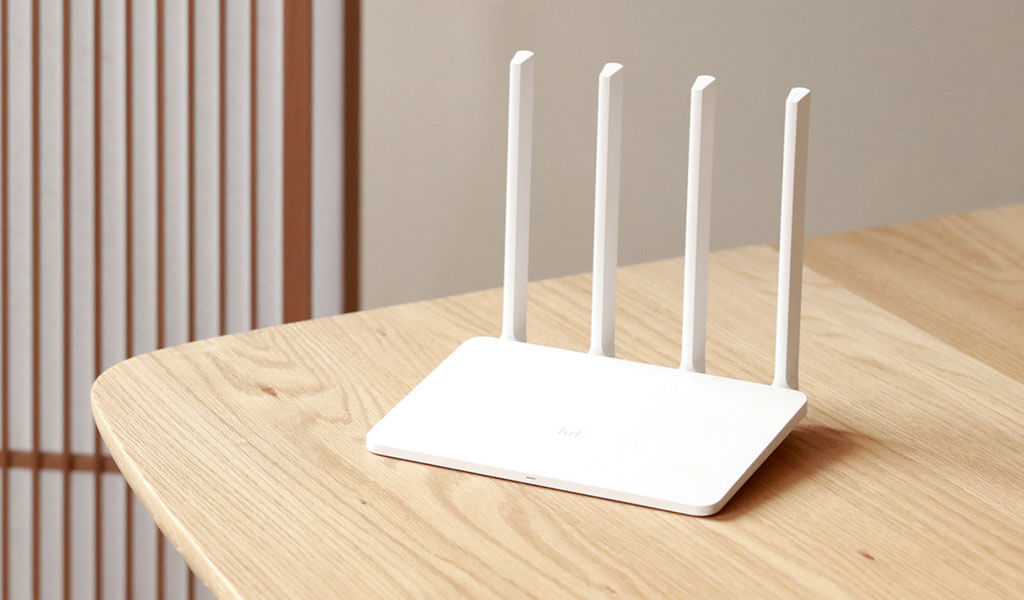It is ridiculous that in 2024, most Zimbabweans still don’t connect to any WiFi network any time of the day. In more developed countries, it’s WiFi connection after WiFi connection in urban areas, with most of them free too.
Why don’t most Zimbabwean restaurants offer free WiFi? – for example. It’s too expensive, the demand is too great such that it would be bogged down by free loaders, etc. There are so many reasons.
Well, we will have to wait for a fix for some of those problems but for now, we can look at some promising developments in WiFi tech.
Long range WiFi is coming. There’s a company called Morse Micro that has been experimenting with a new WiFi standard that allows for long range WiFi – the 900MHz Wi-Fi HaLow standard.
Morse Micro released a video demonstrating just how impressive this WiFi is. They were able to get a usable wireless signal at a 3km range. My friend, you should know that 4G cell towers have a range of 3 to 6.5km.
So, this WiFi standard allows for WiFi at comparable ranges to good old mobile networks.
That is wild to consider, if I could connect to a WiFi network 3km away, I could stay connected to my home WiFi even at my local shopping complex. Or my church, or some other places I frequent. That is ridiculous.
Before you get your hopes up, while they demonstrated that you can get a usable signal at 3km, the limitations of WiFi still hold. It will not compete with mobile networks when it comes to number of people served by a single router.
If you’re working with a home WiFi network which is certified for less than 10 users, you won’t be opening an internet cafe serving people in a 3km radius with the HaLow standard.
The speeds that HaLow can manage are impressive. Morse Micro carried out a video call at various distance intervals, measuring the average speed as they went. They were able to get 1Mbps at 3km.
The announced data rates of the HaLow standard were between 150 kbps and 78 Mbps.
My friend, most times we don’t get that from our mobile networks. However, do not expect that your TelOne ADSL connection which can’t muster up 1Mbps even when you’re sat right next to the router will magically deliver 1Mbps to you when you’re 3km away from home.
Morse Micro’s test was carried out on a stretch of an empty beach but the beachfront had many buildings which interfered with the signal. So, they say it was a good demonstration of what we can expect in the real world.
I know that entrepreneurs among us are already brainstorming ways to use the 3km range. Maybe you could share a WiFi connection with your neighbours, pool funds and get an unlimited connection serving the houses in your Close.
There’s more that can be done with a 3km range. Let’s hope the standard is finalised and is released soon.

13 comments
What of interference? The mess of having 100 wifi’s withing the same 3km radius?
Wanted to say the same. Interfering with other people’s comfort zones or spheres of influence. Being naughty, I might just as well set up my base stations!! Won’s it need a licence though.
Current Wifi is in unlicenced spectrum. 2.4Ghz and 5Ghz. For 900Mhz you are likely to need a licence. A prudent regular would be looking at these developments and setting themselves up for a new WiFi standard and spectrum.
You know what would go nice with this? Starlink! Just sayin’
Agreed. An entire Growth Point can be served in that 3km radius. Once Starlink kits become less than $100 USD, it’s game,set …match
That’s awesome. If we put some signal boosters then it will go up to 20km and I can tap from the company WiFi to our residential areas in the ghetto (just dreaming hangu 🙈🙈).
About restaurants fearing tethering non patrons there’s a solution. KFC in South Africa provides tokens on the receipt of customers with a 200Mb cap.
Was thinking about the same thing about those tokens with my starlink but the problem is that vpn will go thru those tokens. My idea was if u buy 1.5usd you get 30 minutes of unlimited usage. If you buy 2usd and above meal and above you get 40 minutes of uncaped data.
Perhaps worth mentioning that 900MHz WiFi is not permitted in Region 1 i.e. Africa and Europe. So a non-starter for African countries from the beginning. 900MHz spectrum has been in use by mobile network operators since 1994. Even where it is legal in the Americas or Asia, the amount of spectrum available is small enough that it would rapidly become congested if even a small number of people tried to use it in a 3km radius. It is an innovative technology but there are lots of innovative technologies in the IoT space.
Non starter dude how do you stop me running my community wifi hotspot deep in gwayi forests ?
will see it 2030 in zimbabwe
I don’t understand the 3-6.5 km range cz am using 4G but boosters are about 10-12 km away
Aggregated spectrum. Typical combination for LTE is 2.6Ghz, 1.5Ghz, 800Mhz. You would get the best signal withing the 3 to 6km range with the largest throughput being the higher frequencies. 800Mhz goes much further than 6km but the data throughput is much less than the higher frequencies. Other than that, there may be a signal booster that you do not see but is in your vicinity.
It’s great that the range has expanded. I’ve been waiting for this day for a long time geometry dash